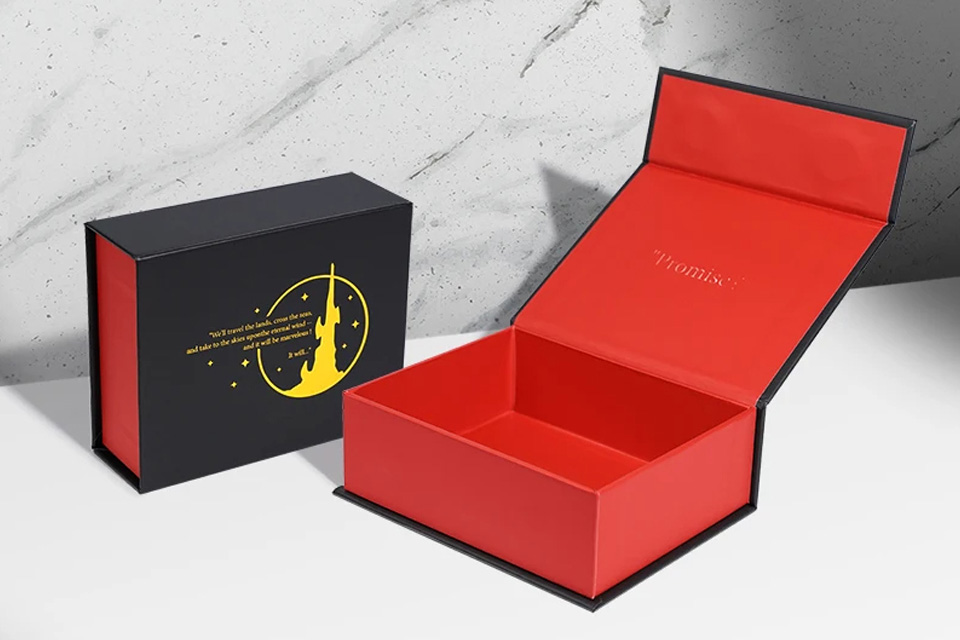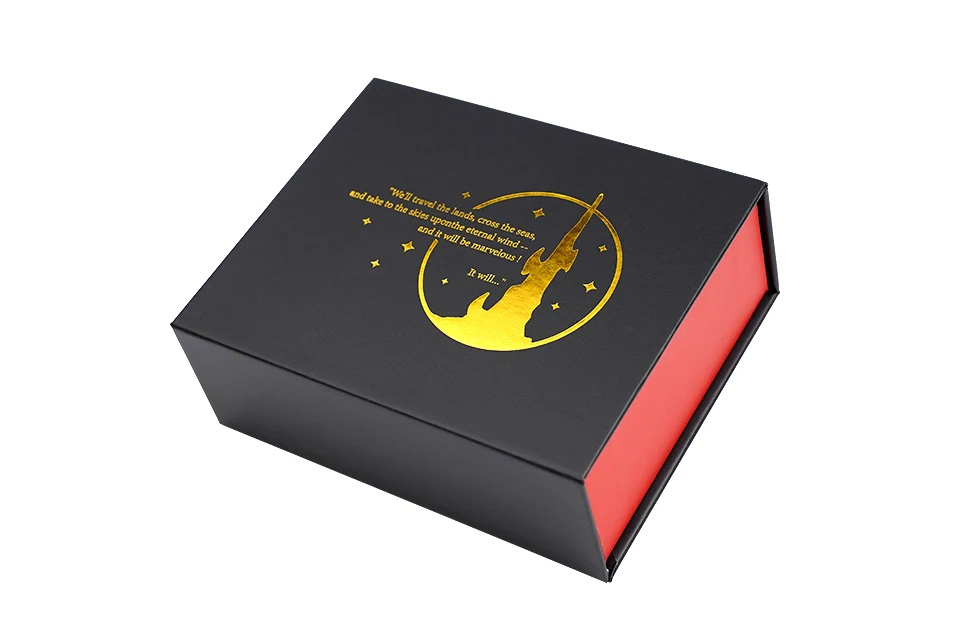The transformation path of customized packaging box manufacturers: from OEM production to value co-creation
The transformation path of customized packaging box manufacturers: from OEM production to value co-creation
Introduction
When consumers open the Dongpeng "Pengyou Yincha" gift box, they touch the warm texture of the special paper and the three-dimensional pattern of the embossed gold stamping. What they feel is not only the tea itself, but also the brand's ultimate pursuit of quality. Behind this experience, it reflects the profound transformation of China's customized packaging box manufacturers - from passive OEM factories to strategic partners that drive brand value. According to data from the International Packaging Association, the global customized packaging market will exceed 600 billion yuan in 2024, of which China's contribution rate will reach 38%, and the gross profit margin of customized packaging box manufacturers will increase from 12% five years ago to 22%, confirming the value leap of this industry upgrade.
Material Revolution: From Resource Consumption to Ecological Closed Loop
The leading manufacturers are reconstructing the value of packaging with material innovation. Shandong Jinhe Packaging developed a patent for degradable paper boxes (CN222224697U), which increases the compressive strength of environmentally friendly pulp materials by 40% and shortens the degradation cycle to 90 days through the design of partition frames and anti-collision structures. This technological breakthrough not only responds to the EU EN13432 environmental protection standard, but also allows wine companies such as Wuliangye and Luzhou Laojiao to convert the environmental premium in packaging costs into brand premiums.
Guangzhou Jiexing Packaging has set off a storm in the luxury goods field. Its graphene-enhanced composite materials increase the impact resistance of jewelry boxes by 300%. Combined with the 3D-printed holographic projection box surface, the packaging opening ceremony of Cartier and Chow Tai Fook is comparable to an art exhibition. In the food industry, the water-soluble film inner tray printed by Wuhan Zeya dissolves into plant fertilizer in 30 seconds when it comes into contact with water, solving the problem of white pollution in fresh cold chain packaging.
Intelligent reconstruction: digital technology reshapes the industry gene
The flexible production system is breaking the industry iron rule of "5,000 pieces minimum order". Shenzhen Jiangpin Yizhan can complete 100 small batch orders within 72 hours through an AI-driven 3D modeling system, increasing material utilization by 30%. This transformation has given small and medium-sized brands more power - an emerging tea brand used this system to test market feedback with 50 trial production orders, shortening the new product development cycle from 3 months to 15 days.
More far-reaching changes have occurred in the upstream of the industry chain. The X-FUN Xiaofang intelligent platform uses AI big models to shorten the packaging design time from 2 weeks to 1 minute, and automatically generates printing files and knife plates. When the Hezhi team debugged the color of special paper for Dongpeng gift boxes, it relied on the Internet of Things chip to monitor temperature and humidity changes in real time, so that the color difference control of spot color printing was improved from ±5% to ±1.5%, redefining the packaging quality control standard.
Service upgrade: from production delivery to value empowerment
Leading manufacturers have built a new service paradigm of "demand diagnosis-solution customization-fast verification". Chengdu Guancai Packaging uses a modular design system to automatically disassemble the corporate VI system into 200+ parameters such as box structure, hot stamping process, material combination, etc., which increases the response speed of customized solutions by 80%. This ability has been verified in the Qianguifang Dongzhai Drum Tower Zongzi Box Project - the designer transformed the Miao silver ornaments into hollow hot stamping patterns, and combined with AR technology scanning to present the Dong ethnic group's big song animation, allowing regional cultural symbols to break through the boundaries of physical packaging.
In the high-end business field, Kaipu Packaging's five technological innovations are quite representative. Its non-woven handbags have been upgraded from screen printing to double-sided lamination technology, combined with magnetic opening and closing and hidden storage structure, which has increased the repurchase rate of packaging bags of Moutai, Jiannanchun and other wine companies by 65%. This concept of "packaging is the product" is rewriting the industry's value distribution rules.
Circular awakening: environmental protection policies give birth to business model innovation
The hard constraints of the "Circular Economy Promotion Law" force companies to build recycling networks. The closed-loop system established by Kaicheng Technology in Dongguan is quite representative: consumers can exchange 5 RPET material packaging boxes for new products, and with the blockchain traceability system, the recycling rate has jumped from the industry average of 26% to 78%. A more innovative practice comes from Autohome - its Dragon Boat Festival gift boxes use 1.6 million recycled plastic bottles to make hiking equipment. Users can scan the code to view the recycling track of each bottle, turning environmental protection commitments into perceptible consumer experience.
The wisdom of Shanghai Carton Packaging Factory is worth learning from. Through the "Packaging as a Service" model, they charge the brand a material usage fee instead of a buyout fee, and re-enter the production cycle after the packaging is recycled. This model has reduced the packaging cost of a cosmetics brand by 40% and the carbon footprint by 62%.
Cultural Boundary Breaking: From Functional Containers to Emotional Media
When intangible cultural heritage craftsmanship meets modern design, the packaging box is sublimated into a carrier of cultural communication. Tencent's "Artisan Keeper" series combines Yunnan Dongba paper with metal etching technology. The texture of each wine box carries the story of Naxi pictographic characters, and 5% of sales are directly donated to the Intangible Cultural Heritage Protection Fund. This cultural empowerment strategy has increased the product premium space by 37%, and 90% of repeat purchase users will actively share cultural traceability content.
In the young consumer market, the maze unlocking structure of Kuaishou's "Step by Step" gift box has become a phenomenal case. Every time a consumer opens a layer of packaging, it will trigger a custom poem generated by AI, and with the AR landscape painting generated by scanning the code, the unpacking process becomes a cultural exploration journey. This case has received more than 5 million views on Douyin, and non-target customer orders have increased by 230%.
Conclusion
The transformation of packaging box customization manufacturers is essentially an industrial leap from "production tools" to "value operating system". From the breakthrough of graphene materials of Jiexing Packaging to the agile delivery system of the Box Intelligence team; from the circular economy practice of Kaicheng Technology to the cultural narrative innovation of Qianguifang, each innovation node is reconstructing the business logic. In the future, manufacturers need to build a solid foundation for quality with the SGS certification system, open up an international perspective with the EU EN13432 standard, and reshape the service ecosystem with AI technology. When packaging boxes become a super medium connecting products, consumers and the earth, this change truly reaches the core of industry value.



